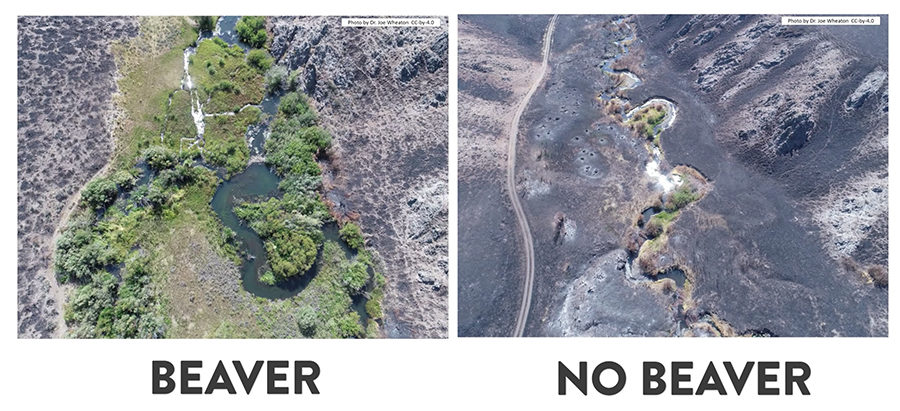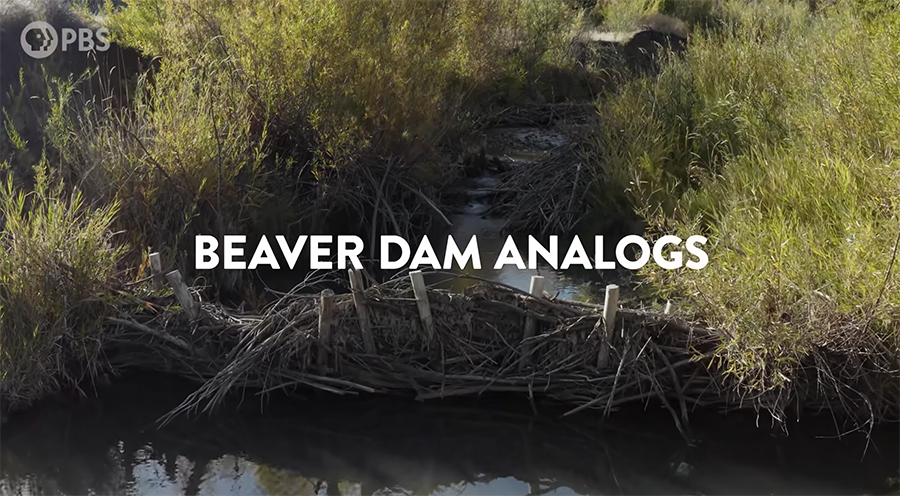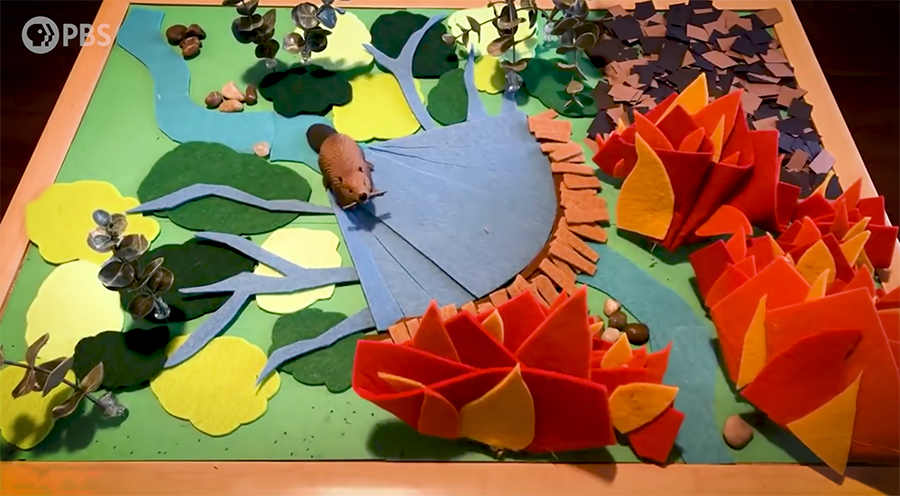Dam builders. Eco-engineers. Climate heroes? “More and more scientists are starting to ask the question,” narrates Dr. Joe Hanson in this PBS Terra Overview video: “Could beavers be the ally we’ve been waiting for when it comes to saving the environment?”
Prior to the 16th century, there may have been around 400 million beavers living in what is now Canada and the United States. Today, an estimated 10 to 15 million beavers remain after generations of colonial trapping and translocation, the practice of moving beavers away from beaver habitats-turned-farmland.
How did this reduction of a keystone species affect the continent? What happens when we mimic the beaver’s work in river ecosystems? And how can beavers help mitigate the impacts of wildfires and drought?


Filmmaker Sarah Koenigsberg, NOAA fisheries biologist Dr. Chris Jordan, and ecohydrologist Dr. Emily Fairfax study these questions and they’re sharing some answers in the video above.
Dr. Fairfax may also be familiar; she created this wonderful beaver dams and wildfire stop-motion demonstration, a TKSST favorite. She explains:
“Beaver complexes stay very green. What we have seen is that these beaver complexes, they’re storing so much water in the pond and in the canals, and in the soil, that even when the droughts are going on for two or three or four years, there’s enough water to keep the plants green. It’s like an underground irrigation system for the whole zone.”

Chris Jordan believes that the beaver should be part of our national climate action plan.
“…because connected floodplains store water, store carbon, improve water quality, improve the resilience to wildfire, and what beaver do play an enormous role in controlling the dynamics of those systems.
So, yeah, it sounds really trite to give a national climate action plan to some rodents. But if we don’t do that directly, we should at least be trying to mimic what they do.”

Video fun fact: Beavers are crepuscular animals, meaning that they are “active primarily during the twilight period.”
Related exploration: Keystone Species and Natural Climate Solutions. Plus, more about beavers on TKSST:
• What happens when beavers are reintroduced to England?
• Beavers: The Smartest Thing in Fur Pants
• Beavers Maple and Filbert build dams together
• How do living things change their environments?
Bonus Overview: How do bison help fight against climate change?
Curated, kid-friendly, independently-published. Support this mission by becoming a sustaining member today.

